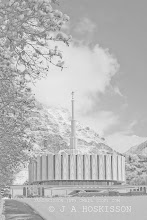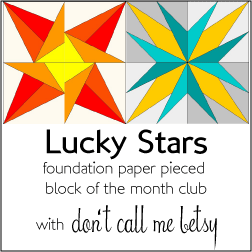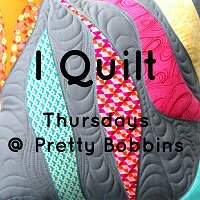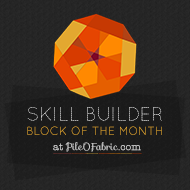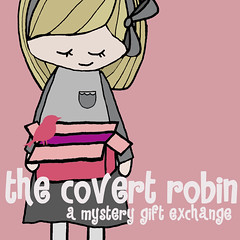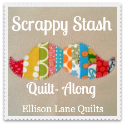When there is Kona, one must sew. So I did! I got a couple more blocks done for Julie of Jaybird Quilts. Her huppah, or wedding canopy, will be made of quilt blocks. The first one I made I blogged about here. I didn't see many traditional quilt blocks in the ones she'd gotten already so I decided a log cabin would be perfect.
It's a classic quilt block and is supposed to symbolize home or a hearth and home. Perfect for a new marriage :)
The third one I made using the scraps from the first two plus a few other bits added in. A little modern improv thrown in with the traditional and structured.
Add them together with the half size Hack Slash Star from #badskirt Amy
I think it's a fun little group to add to the others. I wrote my name in the seam allowance and the date I sent them off. Hurray for weddings and Kona!Kona Stash and Jaybird Quilts Wedding Block
It's a classic quilt block and is supposed to symbolize home or a hearth and home. Perfect for a new marriage :)
The third one I made using the scraps from the first two plus a few other bits added in. A little modern improv thrown in with the traditional and structured.
Add them together with the half size Hack Slash Star from #badskirt Amy
I think it's a fun little group to add to the others. I wrote my name in the seam allowance and the date I sent them off. Hurray for weddings and Kona!Kona Stash and Jaybird Quilts Wedding Block



